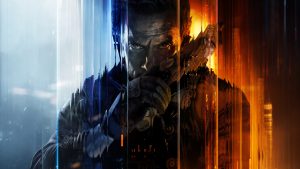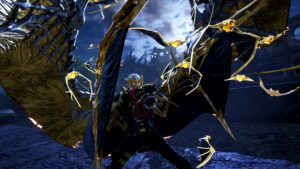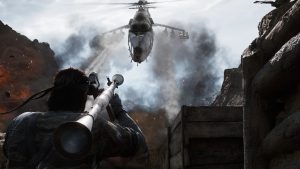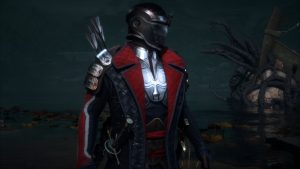
Developer Mundfish really wowed us gamers with the first glimpse of Atomic Heart, a game that’s as much of its own thing as it is a thunderous throwback to immersive sim classics. On top of having some whacky art direction and fantastic gameplay, Atomic Heart is also a game that doesn’t fail to impress on a visual level as well.
Atomic Heart is also Mundfish’s debut title, and the rather talented team of developers has done a fantastic job with this project which has a level of fidelity on par with most AAA games. To that end, we present a complete graphics analysis for Atomic Heart.
Engine
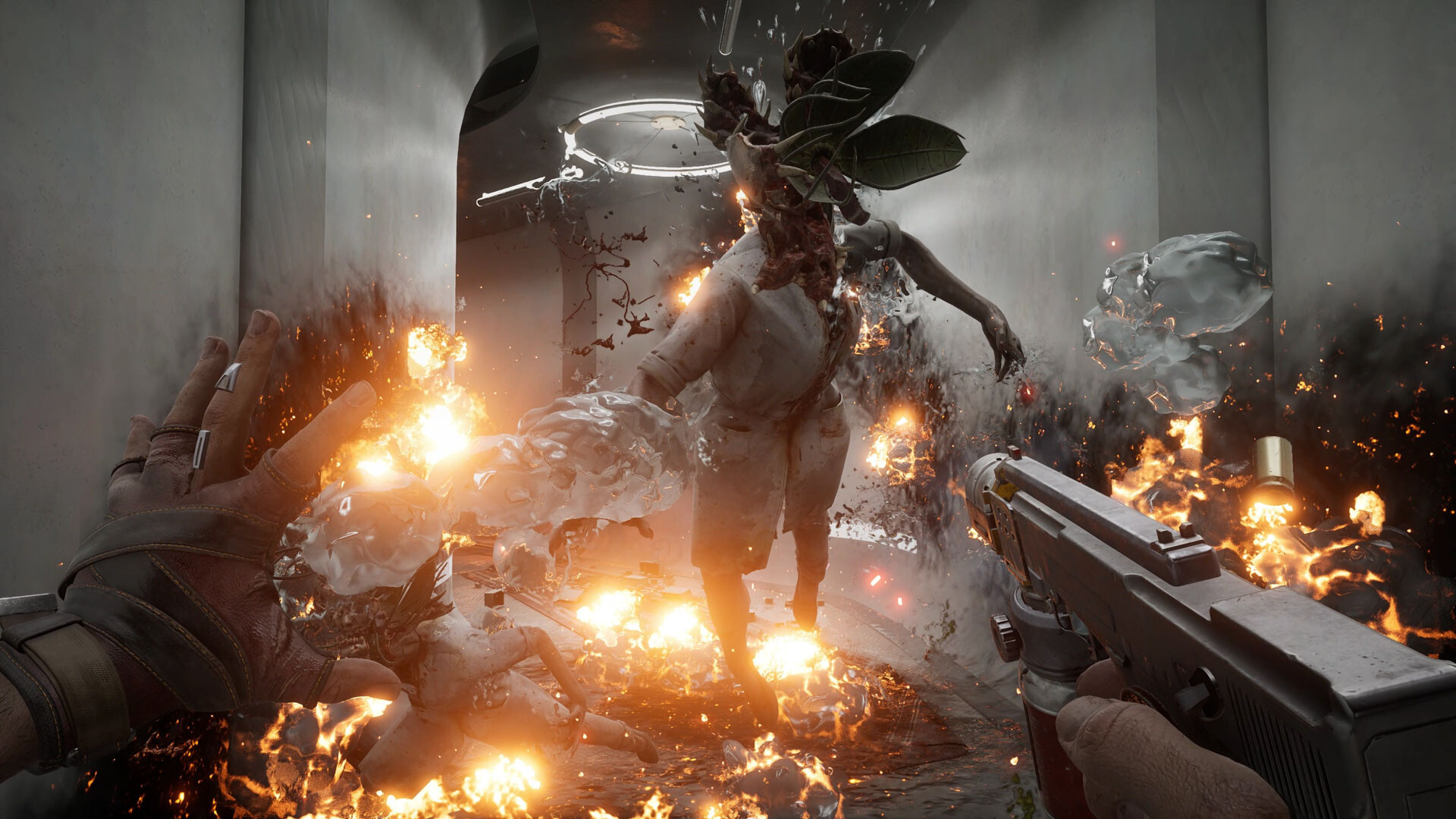
As mentioned previously, Mundfish is a small independent studio and Atomic Heart being its debut project – building an in-house engine from scratch doesn’t make any real sense. As such, the developer has gone with Epic’s Unreal Engine 4 for this game and is the all the better for it. While an upgrade to Unreal Engine 5 would have made it even better in some aspects, there isn’t anything lacking in Atomic Heart’s presentation as it stands.
The environment looks beautiful, thanks to pristine lighting and reflections which we will be looking at in detail in further sections. Atomic Heart also uses ray tracing in its presentation when it comes to reflections, but that’s only limited to the PC version and console versions don’t feature this tech. That said, it’s also important to mention that Atomic Heart is a pretty flexible game and scales well depending on the target hardware.
Character Models

Let’s start off with character models. Much like how is the case with most Unreal Engine 4 games, character models in Atomic Heart have really high polycounts and exhibit a consistently high level of detail. The player character has a detailed skin mesh, and minute details like visible body hair makes the rather limited character models pretty realistic. Of course, you don’t get to see much of your player since the game is played in the first person perspective, but what’s there is certainly impressive.
As for the enemies, Atomic Heart features a diverse roster of enemies ranging from metallic androids to airborne drones and much more. The models are comprised of high quality assets, and their bodies seem to utilize physically based materials that appropriately simulate their nature in all lighting conditions. For instance, regular enemies made out of liquid metal would obviously shine bright under any source of light while those having rougher surfaces wouldn’t stand out so much against a darker background.
Environment
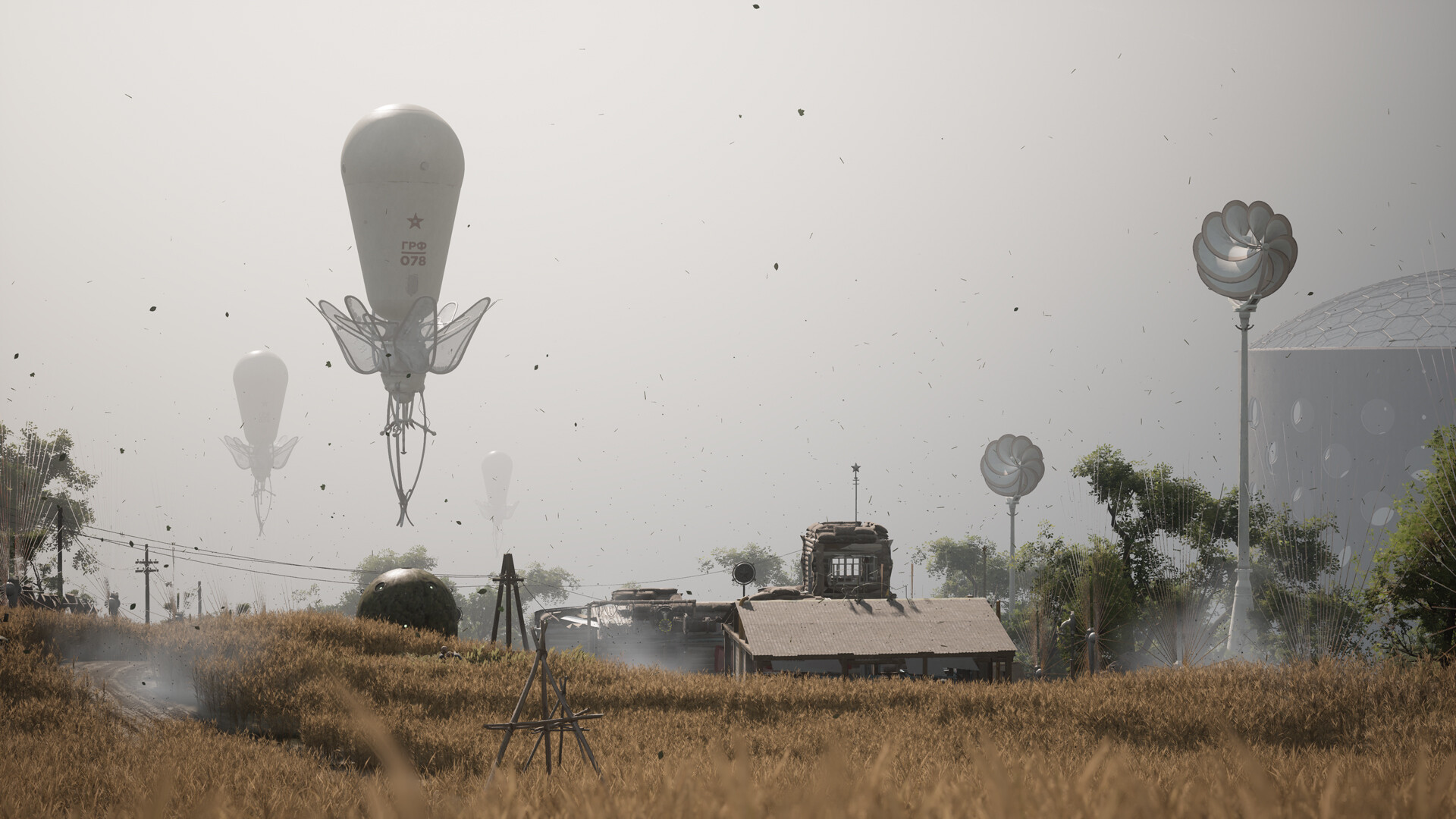
Atomic Heart features a ton of different environments throughout its runtime. The cramped interiors of a Soviet Union factory are quite different in form and function to large open outdoor areas. But regardless of where you find yourself, the areas are going to be high quality assets all around. The environments themselves are geometrically complex and have varied terrain, and tons of set props litter the environment for a dense and well realized world.
When you are thrust into the outdoor areas, you will be able to see plenty of trees and foliage all around which also look great thanks to dense leaves and proper textures. On that note, we should also mention that the trees and grass also move with the wind which looks really cool too. That said, we didn’t notice much in the name of destructible environments, and while that doesn’t affect the gameplay in any meaningful way it would surely be a worthwhile addition to the experience.
On the same note of outdoor areas, the skybox rendering isn’t anything special but the game certainly impresses with thick clouds covering the entire skies. Furthermore, you can also make out stations floating high up above in the sky, drones, and other objects which also adds so much more detail to this aspect of the presentation.
Animations
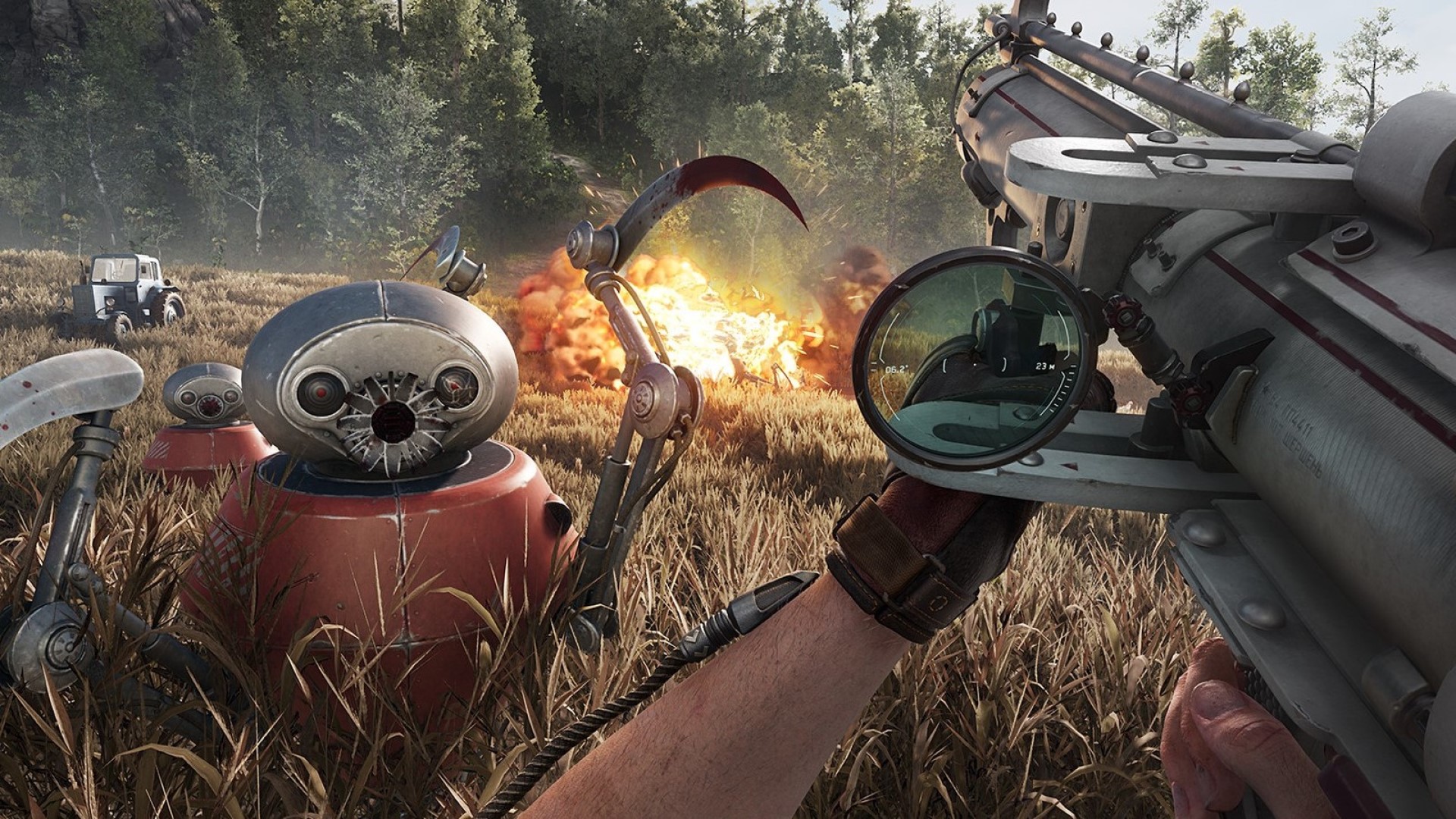
Now let’s move over to the animations. Atomic Heart features a ton of superb animations ranging from the movements of your character to the many types of attacks for enemies. Atomic Heart also offers its players a lot of choice in terms of combat options. You can use a melee weapon to strike an enemy at close range, you can use a gun to engage enemies at a distance, or you can use your special abilities like telekinesis to throw around enemies with relative ease. As such, your player has a ton of distinct animations at their disposal and they seem to have been produced through motion capture or some other similar technique.
The animations are rather slow and have a sense of weight to them, which looks pretty realistic. You can also use takedowns on unaware enemies to knock them out in style, which looks cool as well. Furthermore, all animations nicely blend into one another which ensures a smooth flowing combat loop without any hiccups.
Lighting, Reflections, And Shadows
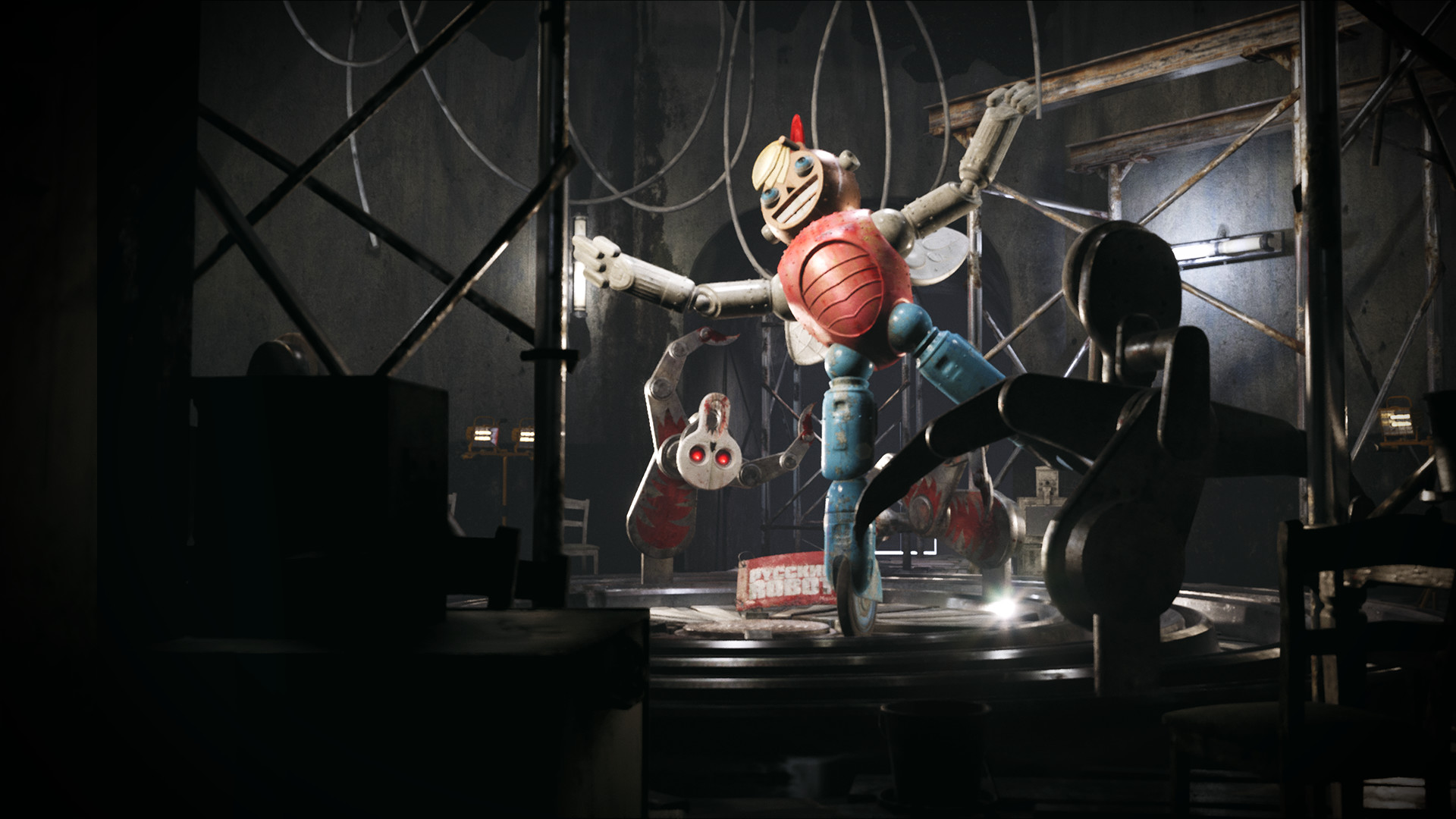
Briefly taking a look at lighting, Atomic Heart features both direct and indirect lighting depending on the scene. Some scenes take place in brightly lit outdoors where most of the lighting is handled by one global source, and it works like one would expect. The more challenging part is in the indirect lighting which is used in indoor areas, and the game seems to be utilizing some sort of deferred renderer to appropriately simulate multiple light sources with some degree of realism.
Coming over to reflections, Atomic Heart uses screen space reflections in its presentation. However, those playing on PC will have the option to switch it up to ray traced reflections which provide a better and more accurate solution for reflections across the environment but require more compute power as a result. But regardless of the reflections solution, the environments retain a realistic look with proper reflections and glimmers on all surfaces. Water and other fluids also look really great thanks to high quality translucent textures which also exhibit superb quality reflections.
As for shadows, the shadow maps are also reasonably sharp and are rendered with great accuracy. Shadow rendering distance is also high in the case of Atomic Heart, so objects far away from the player will also have appropriate shadow maps being casted on the body which results in a uniform look throughout the world. We didn’t find any signs of weird artifacts or shimmering on shadow maps during our tests, so it’s a good look overall.
Post Processing
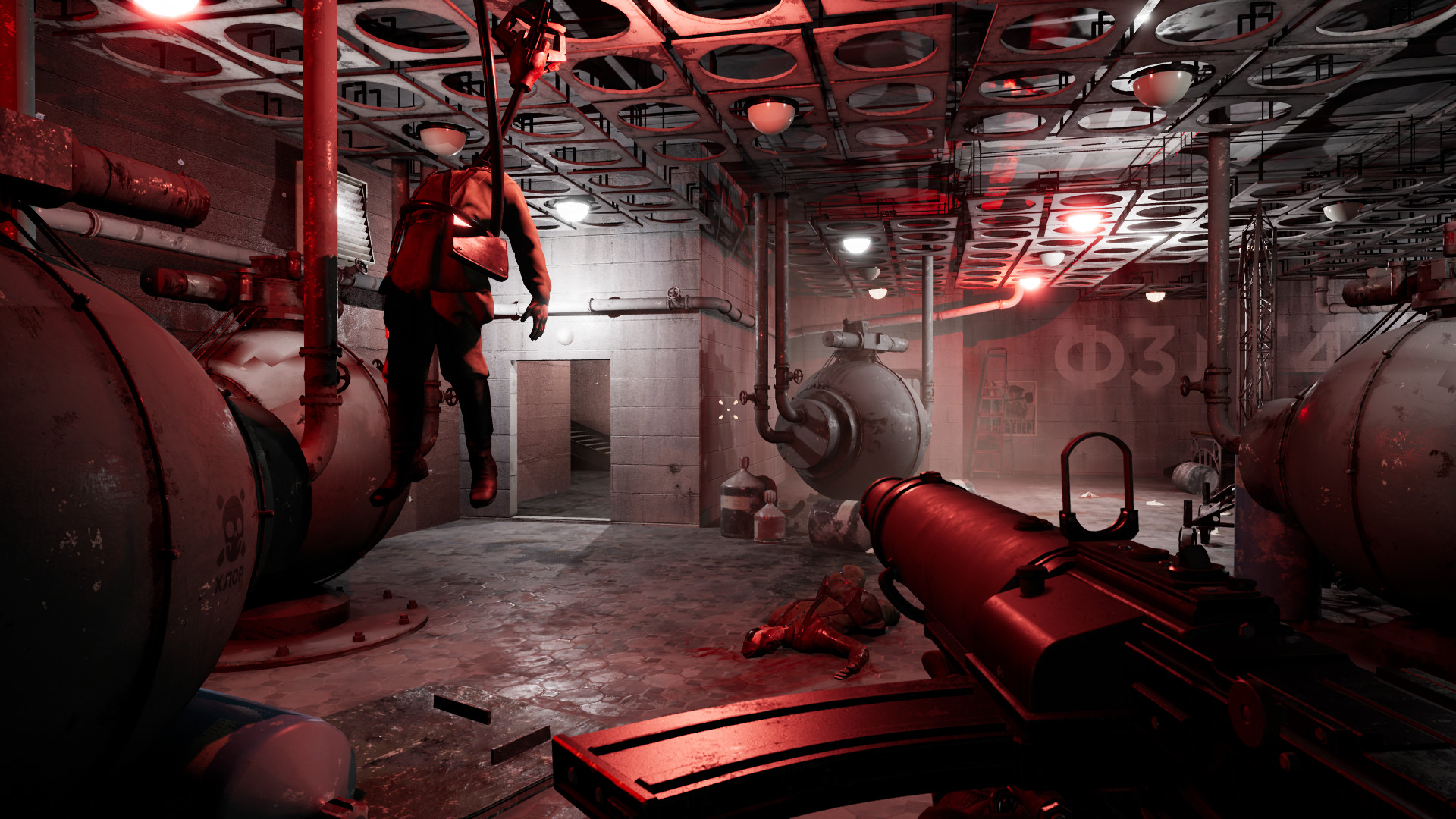
Now let’s switch gears over to the post processing side of things. Atomic Heart makes heavy use of motion blur in its visual make up and it seems to be utilizing the per object variant as per our observations. The game also utilizes ambient occlusion to give additional depth to the services. Volumetric smoke is also an essential part of the post processing pipeline, and explosions will cause dense clouds of smoke that allow light to diffuse through them.
Furthermore, Atomic Heart also uses plenty of alpha particles when combat kicks into high gear. Sparks will fly from the mechanical parts of your gun when you fire shots, and the impact on metallic surfaces of enemies are also emphasized through the use of similar sparks on enemy bodies. Bigger enemies also leave huge trails of dust as they charge toward you, and several attacks also feature bright orange trails of lava, both of which look really beautiful thanks to high density and high fidelity particles.
PS5 Parameters And Conclusion
Atomic Heart on PS5 features no graphical settings. The game simply targets 4K resolution and 60 frames per second. However, it’s not really a locked 4K resolution everywhere as the game runs at a dynamic resolution based on where the player is located. Performance was solid, almost locked at 60 frames per second with very drops here and there.
In conclusion, Atomic Heart is a game that really impresses with its visuals. Everything from the art direction to the lighting and the environments is quality stuff, and the developer has made good use of Unreal Engine 4. Hopefully, Mundfish continues to impress us with whatever project it has in store for the near future.










